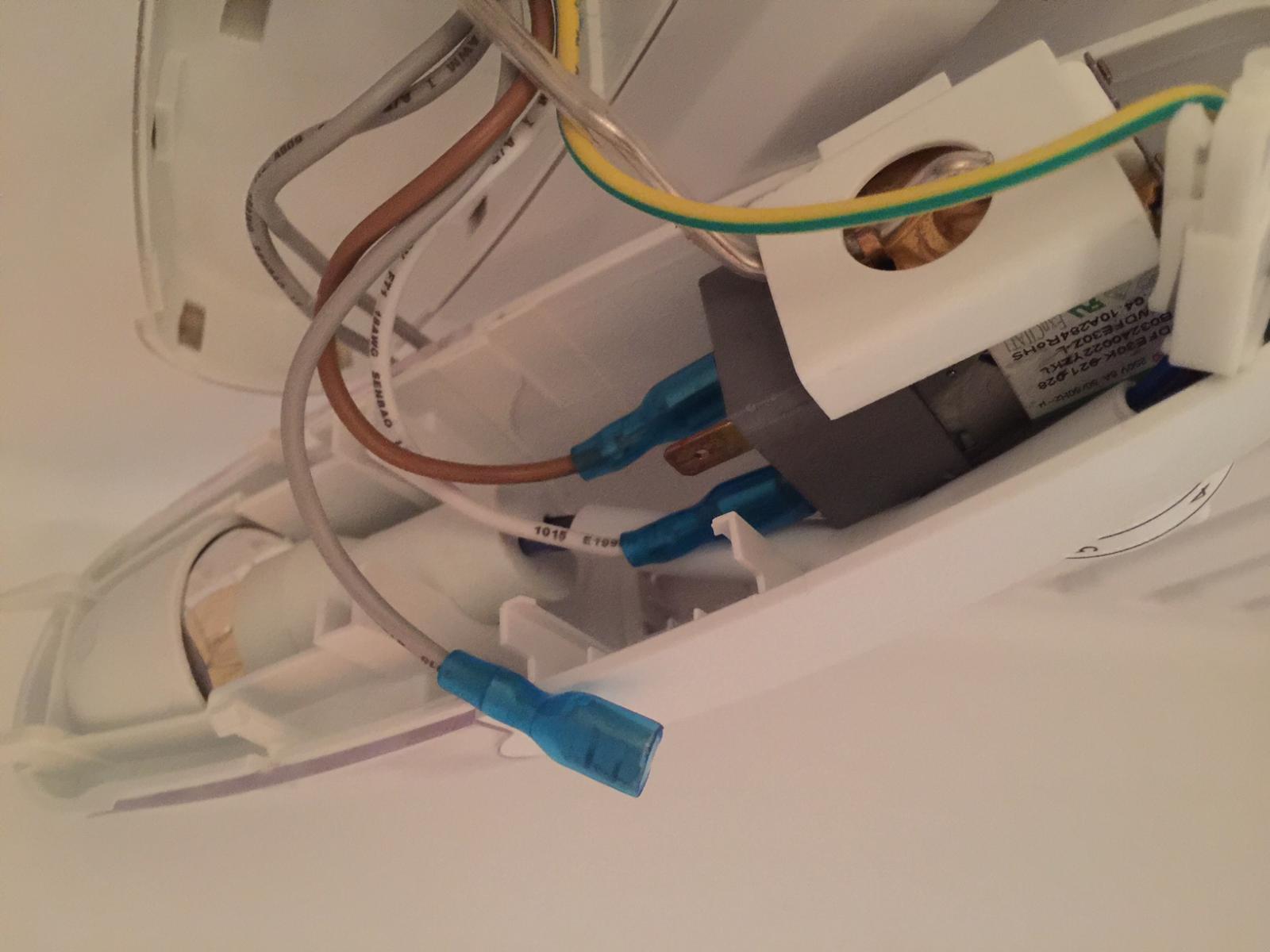

Articles
Where To Put A Thermostat In A Kegerator
Modified: December 6, 2023
Looking for articles on where to put a thermostat in a kegerator? Find expert guidance and tips on our site for optimal placement and temperature control.
(Many of the links in this article redirect to a specific reviewed product. Your purchase of these products through affiliate links helps to generate commission for Storables.com, at no extra cost. Learn more)
Introduction
When it comes to maintaining the perfect temperature in your kegerator, placing the thermostat in the right location is crucial. The thermostat is responsible for monitoring and regulating the temperature inside the kegerator, ensuring that your beer stays cold and refreshing. While it may seem like a simple task, there are a few factors to consider when deciding where to put a thermostat in a kegerator.
Before we dive into the different placement options, let’s first understand why thermostat placement is important. The position of the thermostat can affect the accuracy of temperature readings and the overall performance of your kegerator. Placing the thermostat in the wrong location can lead to inconsistent cooling and potential damage to your beer.
Factors such as ambient temperature, airflow, and the location of the cooling source should all be taken into account when determining the ideal placement for your kegerator’s thermostat. In this article, we will explore the recommended thermostat placement options and discuss the advantages and disadvantages of each.
Key Takeaways:
- Choose the right thermostat placement in your kegerator to ensure accurate temperature control and consistent cooling. Consider factors like ambient temperature, airflow, and keg placement to make an informed decision.
- Whether you opt for an external, top, or bottom placement, prioritize accessibility, accurate readings, and proper airflow to maintain the perfect temperature for your kegged beverages. Regular calibration and maintenance are crucial for optimal thermostat performance.
Read more: Where To Put Thermostat Probe In Vivarium
Factors to consider when placing a thermostat in a kegerator
Before deciding on the placement of your kegerator’s thermostat, it is important to consider a few key factors that can impact its performance. These factors will help you determine the most suitable location to ensure accurate temperature control and optimal cooling for your kegged beverages.
Ambient Temperature: The surrounding temperature of the kegerator plays a significant role in determining where the thermostat should be placed. If the kegerator is located in an area with extreme temperature fluctuations or direct sunlight, it can affect the cooling efficiency. Placing the thermostat too close to a heat source, such as a window or oven, can lead to inaccurate temperature readings and result in unpredictable beer temperatures.
Airflow: Proper airflow is essential for maintaining consistent temperatures throughout the kegerator. Placing the thermostat in an area with poor airflow, such as a corner or near obstructions, can create temperature differentials within the unit. It is important to ensure that air can circulate freely around the thermostat to provide accurate readings and efficient cooling.
Cooling Source: The location of the cooling source in your kegerator, typically a compressor or cooling element, should be taken into consideration when deciding on thermostat placement. Placing the thermostat too close to the cooling source can result in frequent on/off cycling, leading to temperature fluctuations and potential wear on the cooling system. On the other hand, placing it too far from the cooling source may cause delayed responses to temperature changes.
Keg Placement: The position of the kegs inside the kegerator can influence temperature distribution. It is important to consider the proximity of the thermostat to the kegs to ensure accurate readings of the beer temperature. Placing the thermostat in a location that allows for even temperature sensing across all kegs will help maintain consistent serving temperatures.
Accessibility: Lastly, consider the accessibility of the thermostat for monitoring and adjustments. Placing the thermostat in a location that is easily accessible, such as at eye level or outside the kegerator, can simplify temperature monitoring and adjustments. This factor can be particularly important if you frequently change the temperature settings or if multiple people will be using the kegerator.
By taking these factors into account, you can make an informed decision about where to place the thermostat in your kegerator. In the following sections, we will explore the recommended thermostat placement options and discuss the advantages and disadvantages of each option.
Recommended thermostat placement options
When it comes to placing the thermostat in your kegerator, there are three primary options that are commonly used. Each option has its own advantages and considerations, so it’s important to choose the one that best suits your specific needs and preferences. Let’s dive into each option:
Option 1: On the outside of the kegerator
One of the simplest and most convenient options is to place the thermostat on the outside of the kegerator. This involves mounting the thermostat on the external surface of the kegerator, ideally at eye level or within easy reach. This placement allows for easy monitoring and temperature adjustments without the need to open the kegerator door.
The primary advantage of this option is the accessibility and convenience it offers. You can quickly glance at the thermostat to check and adjust the temperature as needed. Moreover, the external placement helps to prevent temperature fluctuations and maintain a more consistent cooling environment inside the kegerator.
However, there are a few considerations to keep in mind with this option. First, vibrations or external temperature variations can impact the accuracy of the thermostat readings, so it’s important to choose a location that is not directly exposed to external heat sources. Second, if you have multiple kegerators or a commercial setup with several taps, installing an external thermostat for each unit can be costly.
Option 2: Inside the kegerator, near the top
Another commonly used placement option is to position the thermostat inside the kegerator, near the top of the unit. This location allows the thermostat to monitor the temperature at the top portion of the kegerator, where the cooling setup is usually located.
The advantage of this option is that it provides accurate temperature readings, as it is close to the cooling source. Additionally, by placing the thermostat near the top, it can help ensure that the upper portion of the kegerator, where the taps are typically located, remains at a consistent temperature.
However, there are a few considerations with this option as well. The lower section of the kegerator may experience temperature variations, especially if the cooling source is not properly distributed. Additionally, accessing and adjusting the thermostat may require reaching inside the kegerator, which can be inconvenient, especially if there are multiple kegs or other items occupying the space.
Read more: Where Do I Put The Co2 Tank On A Kegerator
Option 3: Inside the kegerator, near the bottom
The third option is to place the thermostat inside the kegerator, near the bottom of the unit. This position allows the thermostat to monitor the temperature in the lower portion of the kegerator, where the coldest air tends to settle.
The advantage of this option is that it ensures the most accurate temperature readings for the beer kegs that are typically stored closer to the bottom. Placing the thermostat near the bottom also helps to maintain a consistent temperature gradient throughout the kegerator.
However, there are a few considerations to keep in mind. The upper section of the kegerator may experience temperature variations, especially if the cooling source is located near the bottom. Additionally, accessing and adjusting the thermostat may require reaching into the lower portion of the kegerator, which can be less convenient compared to exterior or top placement options.
It’s important to note that the optimal placement option may vary depending on the specific model and design of your kegerator. It’s recommended to consult the manufacturer’s guidelines for any specific recommendations or restrictions regarding thermostat placement.
Final considerations should include the ease of installation and potential modifications needed for your chosen thermostat placement option. Additionally, regular calibration and maintenance of the thermostat are crucial to ensure accurate readings and reliable temperature control.
By considering these recommended thermostat placement options, you can make an informed decision tailored to your kegerator and specific needs. This will help you maintain ideal temperature control and enjoy perfectly chilled beer whenever you’re ready to pour a pint.
Option 1: On the outside of the kegerator
One of the popular options for placing the thermostat in a kegerator is to mount it on the outside of the unit. This placement provides convenience and easy accessibility for monitoring and adjusting the temperature without the need to open the kegerator door.
The primary advantage of placing the thermostat on the outside of the kegerator is the ease of use. With the thermostat mounted at eye level or within reach, you can easily glance at the temperature display and make necessary adjustments. This eliminates the need to open the kegerator door, which can lead to temperature fluctuations and potential loss of cool air.
Another advantage of this placement option is that it helps prevent damage to the thermostat. Inside the kegerator, the thermostat can be exposed to moisture, condensation, or accidental bumps when taking out kegs or cleaning. By placing it outside, you minimize the risk of potential damage that could affect the accuracy and functionality of the thermostat.
However, there are a few considerations to keep in mind when opting for this option. Firstly, it is important to choose a location on the kegerator that is not directly exposed to external heat sources or direct sunlight. The thermostat should be placed in an area where it can accurately sense the ambient temperature surrounding the kegerator.
Furthermore, vibrations from the kegerator’s compressor or external temperature variations can impact the accuracy of the temperature readings. It’s essential to ensure that the thermostat is securely mounted and isolated from any potential sources of vibration or excessive heat.
If you have multiple kegerators or a commercial setup with several taps, installing an external thermostat for each unit can be costly. However, there are some options on the market that allow you to control multiple kegerators from a single external thermostat, offering cost-effective solutions for temperature management.
Overall, placing the thermostat on the outside of the kegerator offers convenience and easy access for temperature monitoring and adjustments. It eliminates the need to open the kegerator door, reducing the risk of temperature fluctuations and maintaining a more consistent cooling environment. However, it is important to consider the location, potential vibrations, and compatibility with multiple kegerator setups when opting for this option.
Option 2: Inside the kegerator, near the top
Another commonly used placement option for a kegerator thermostat is to position it inside the unit, near the top. This placement allows the thermostat to closely monitor the temperature at the upper portion of the kegerator, where the cooling setup is typically located.
One of the primary advantages of placing the thermostat near the top of the kegerator is its proximity to the cooling source. By being closer to the cooling setup, the thermostat can provide more accurate temperature readings and ensure efficient cooling of the beer kegs.
Placing the thermostat near the top can also help maintain a more consistent temperature in the upper portion of the kegerator, where the taps are usually located. This ensures that the beer dispensed from the taps remains at the desired serving temperature, providing optimal taste and refreshment.
However, there are a few considerations to keep in mind with this option. The lower section of the kegerator, especially near the bottom, may experience temperature variations. This discrepancy can occur due to differences in air circulation and cooling efficiency. It’s important to monitor the temperature in different areas of the kegerator to ensure overall temperature stability.
Depending on the design and layout of your kegerator, accessing and adjusting the thermostat may require reaching inside the unit, which can be less convenient compared to exterior placement options. If you have multiple kegs or other items occupying the kegerator space, it’s important to consider whether the thermostat location will be easily accessible for monitoring and adjustments.
Additionally, it’s crucial to ensure proper airflow around the thermostat to achieve accurate temperature readings. Obstructions or poor air circulation near the top portion of the kegerator can affect the functioning of the thermostat and potentially lead to inconsistent cooling.
Choosing this placement option also depends on the specific model and design of your kegerator. It’s recommended to consult the manufacturer’s guidelines to determine if this placement is suitable and if any specific recommendations or restrictions are provided.
In summary, placing the thermostat inside the kegerator, near the top, offers the advantage of close proximity to the cooling source and accurate temperature readings. It helps maintain a consistent temperature in the upper portion of the kegerator, where the taps are typically located. However, it’s important to monitor temperature variations in the lower section, ensure proper airflow, and consider accessibility for thermostat monitoring and adjustments.
Place the thermostat probe near the center of the kegerator, away from direct contact with the cooling unit or any warm spots. This will ensure an accurate temperature reading for maintaining the ideal beer-serving temperature.
Option 3: Inside the kegerator, near the bottom
Another viable option for placing a thermostat in a kegerator is to position it inside the unit, near the bottom. This placement allows the thermostat to closely monitor the temperature in the lower portion of the kegerator, where the coldest air tends to settle.
One of the primary advantages of placing the thermostat near the bottom is that it ensures accurate temperature readings for the beer kegs that are typically stored closer to the bottom. Placing the thermostat in this location helps maintain consistent temperatures in the lower section, which is crucial for keeping kegs chilled and ready for serving.
By monitoring the temperature near the bottom, the thermostat can help ensure that the coldest air is distributed evenly throughout the kegerator. This promotes a consistent temperature gradient, minimizing temperature variations and providing optimal cooling conditions for your kegged beverages.
However, there are a few considerations to keep in mind with this placement option. The upper section of the kegerator, particularly near the taps, may experience temperature variations due to factors such as airflow and the position of the cooling source. It’s important to monitor the temperature in different areas of the kegerator to ensure overall temperature stability.
In terms of accessibility, placing the thermostat near the bottom might require reaching into the lower portion of the kegerator, which can be less convenient compared to external or top placement options. If you have multiple kegs or other items occupying the space, make sure that the location allows for easy access to the thermostat for monitoring and temperature adjustments.
Another consideration is to ensure proper airflow around the thermostat to achieve accurate temperature readings. Obstructions or poor air circulation near the bottom of the kegerator can affect the functionality of the thermostat and result in inconsistent cooling.
It’s important to note that the optimal placement option may vary depending on the specific model and design of your kegerator. It’s recommended to consult the manufacturer’s guidelines to determine if placing the thermostat near the bottom is suitable for your kegerator and if any specific recommendations or restrictions are provided.
In summary, placing the thermostat inside the kegerator, near the bottom, ensures accurate temperature readings for the kegs stored in that area. It helps maintain consistent temperatures in the lower section of the kegerator and promotes even distribution of cold air. However, it’s important to monitor temperature variations in the upper section, ensure proper airflow, and consider accessibility for thermostat monitoring and adjustments.
Read more: Where Is Compressor On Kegerator
Conclusion
When it comes to placing the thermostat in a kegerator, careful consideration is key. The right placement can ensure accurate temperature control, consistent cooling, and optimal enjoyment of your kegged beverages. After analyzing the various factors and options, it is important to make an informed decision based on your specific needs and the design of your kegerator.
Whether you choose to place the thermostat on the outside of the kegerator for convenient accessibility, inside near the top for closer proximity to the cooling source, or inside near the bottom for accurate readings at the kegs’ level, each option has its own advantages and considerations.
Placing the thermostat on the outside of the kegerator provides ease of use, eliminates temperature fluctuations from frequent door opening, and reduces the risk of damage to the thermostat. However, it is important to consider external heat sources and vibrations that may impact temperature readings.
Opting for inside placement near the top ensures accurate temperature readings, assists in consistent cooling of the upper portion, and helps maintain the serving temperature near the taps. However, monitoring temperature variations in the lower section and ensuring proper airflow are vital factors to consider.
If you choose to place the thermostat inside near the bottom, you can achieve accurate temperature readings for the kegs stored in that area, ensure consistent cooling in the lower section, and promote even distribution of cold air. However, monitoring temperature variations in the upper section and considering accessibility for adjustments are key considerations.
Regardless of the placement option you choose, it’s essential to follow manufacturer guidelines, calibrate the thermostat regularly, and ensure proper maintenance of your kegerator. This will help maximize the effectiveness of temperature control and enhance your overall kegged beer experience.
Remember, the goal is to maintain the perfect temperature for your kegged beverages, ensuring they are refreshing and enjoyable every time you pour a pint. So, take the time to evaluate the factors, assess your specific needs, and make the right decision for thermostat placement in your kegerator.
By doing so, you’ll be able to pour a perfect pint every time and impress your friends with a perfectly chilled keg of beer.
Frequently Asked Questions about Where To Put A Thermostat In A Kegerator
Was this page helpful?
At Storables.com, we guarantee accurate and reliable information. Our content, validated by Expert Board Contributors, is crafted following stringent Editorial Policies. We're committed to providing you with well-researched, expert-backed insights for all your informational needs.
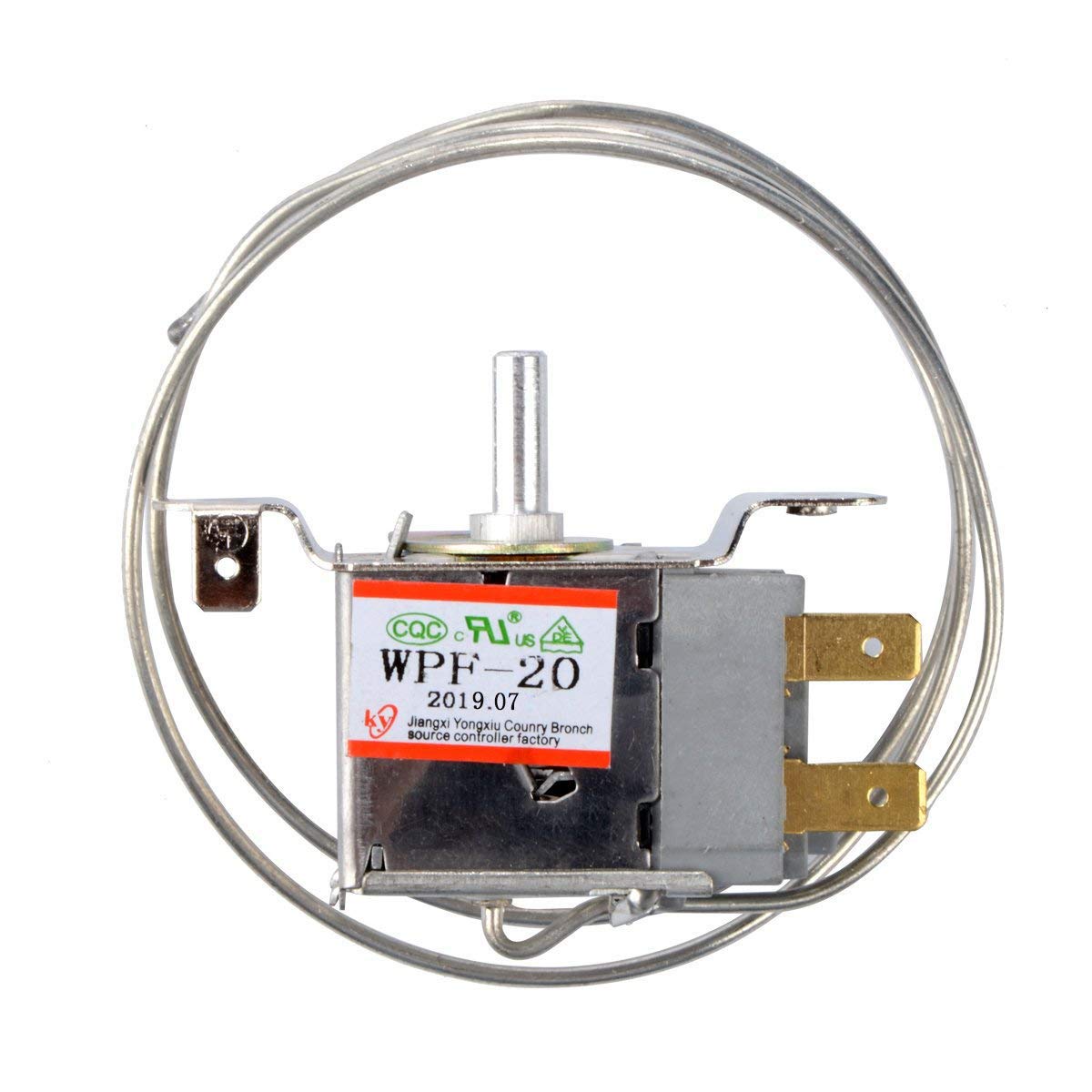
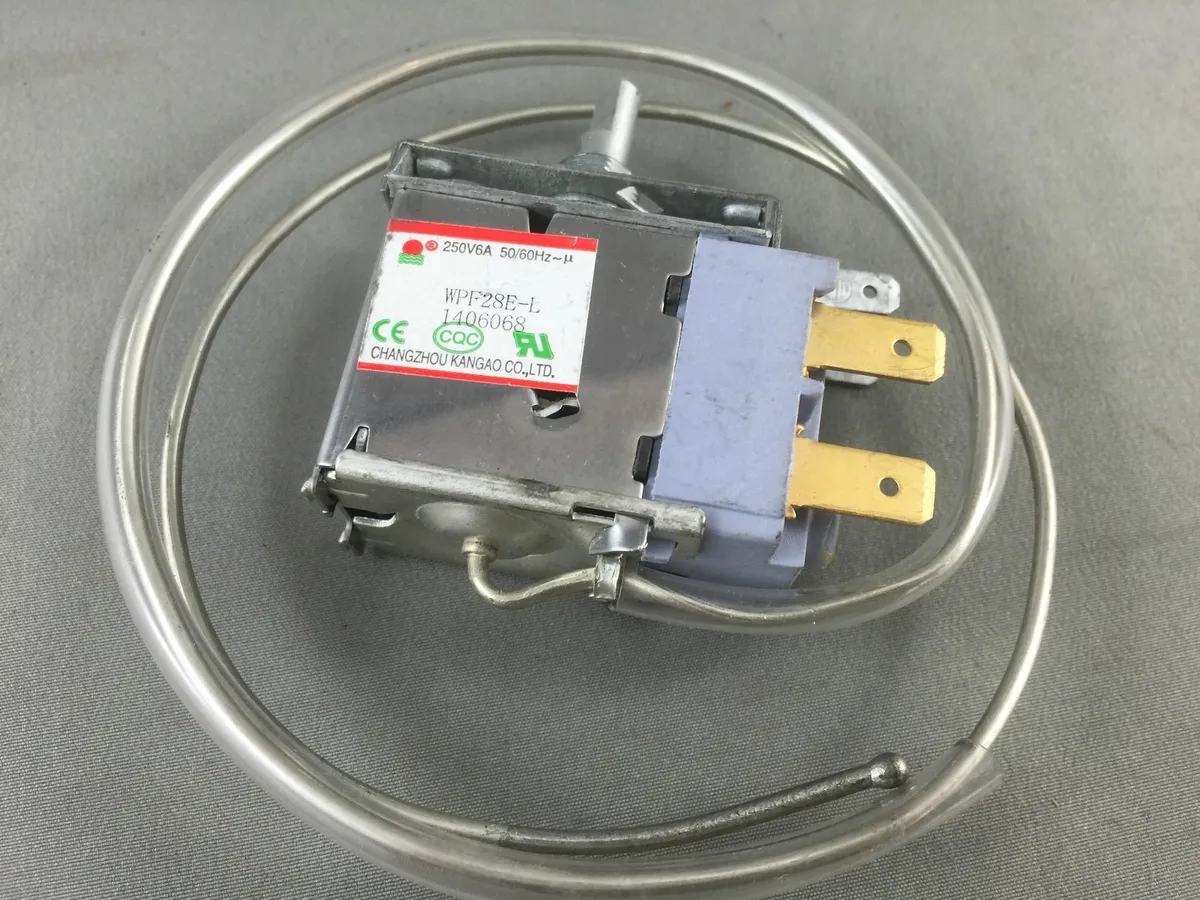
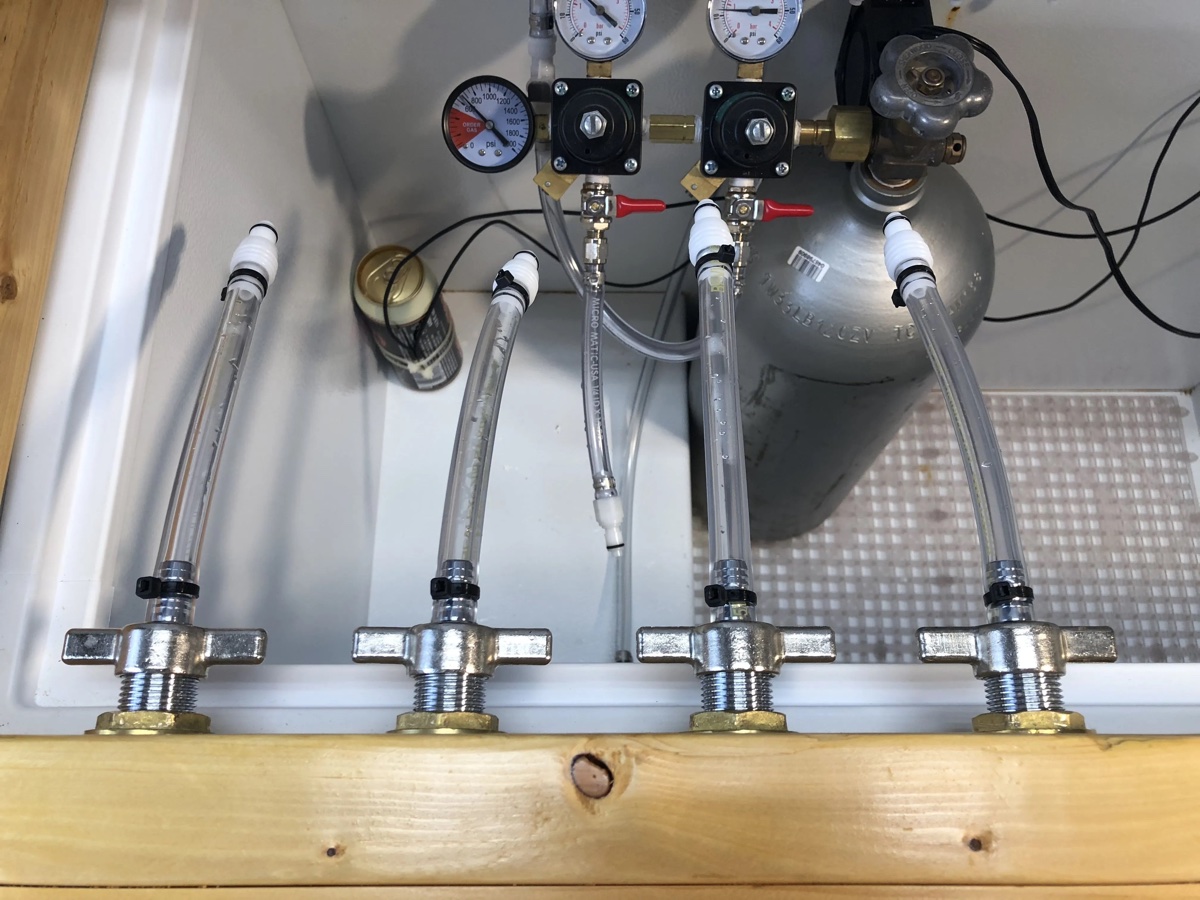
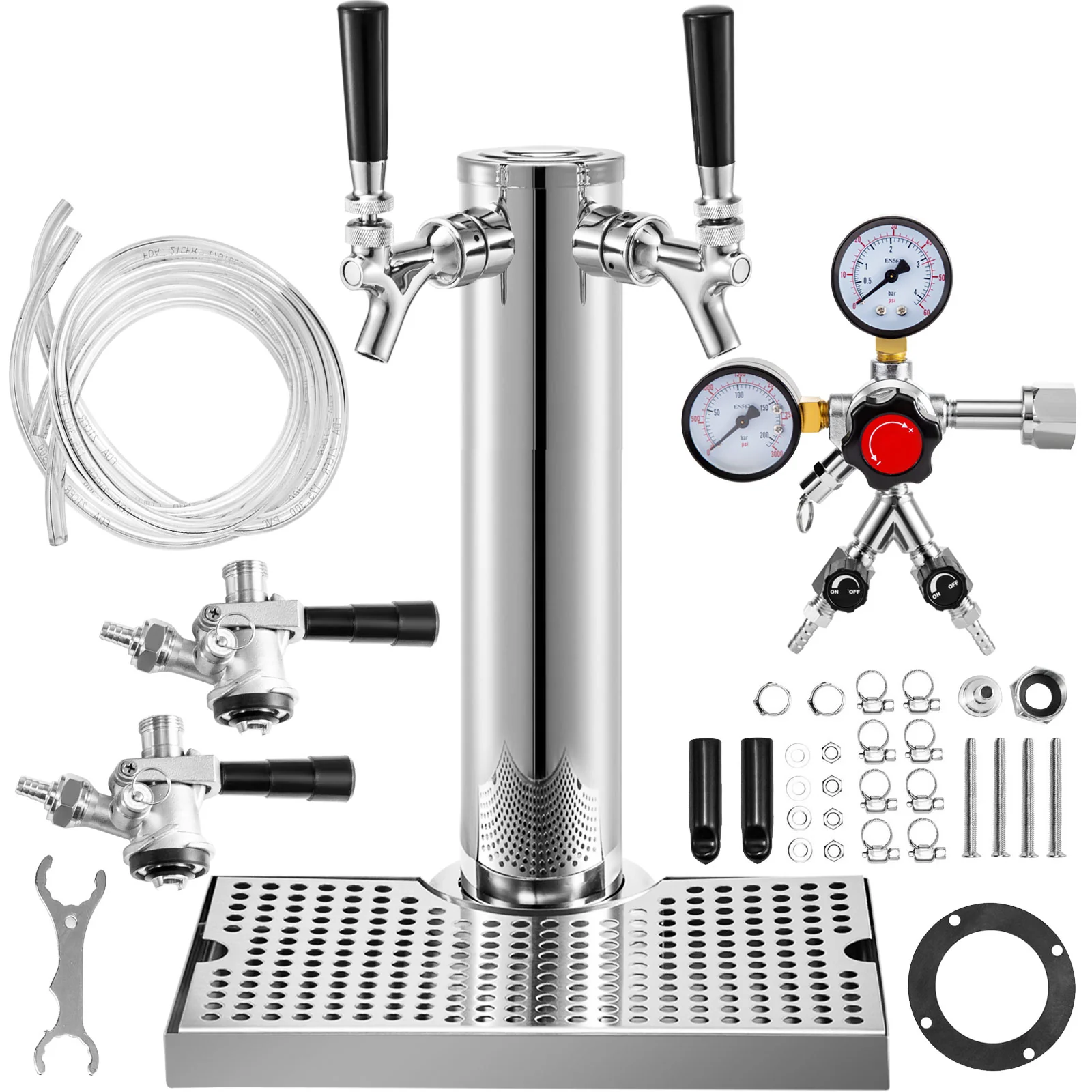

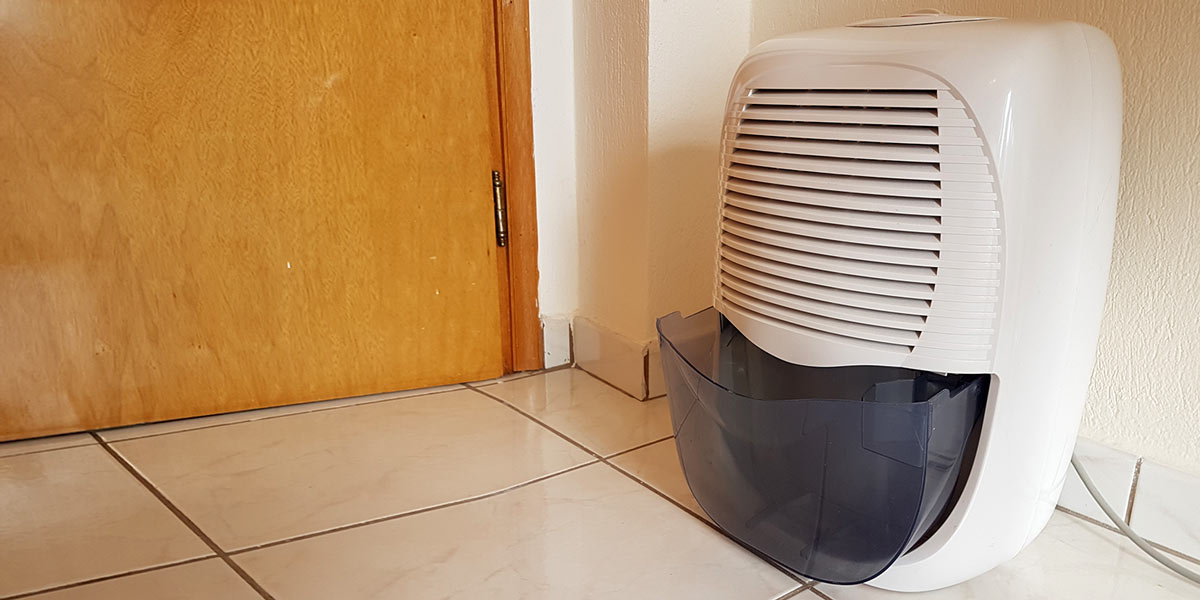
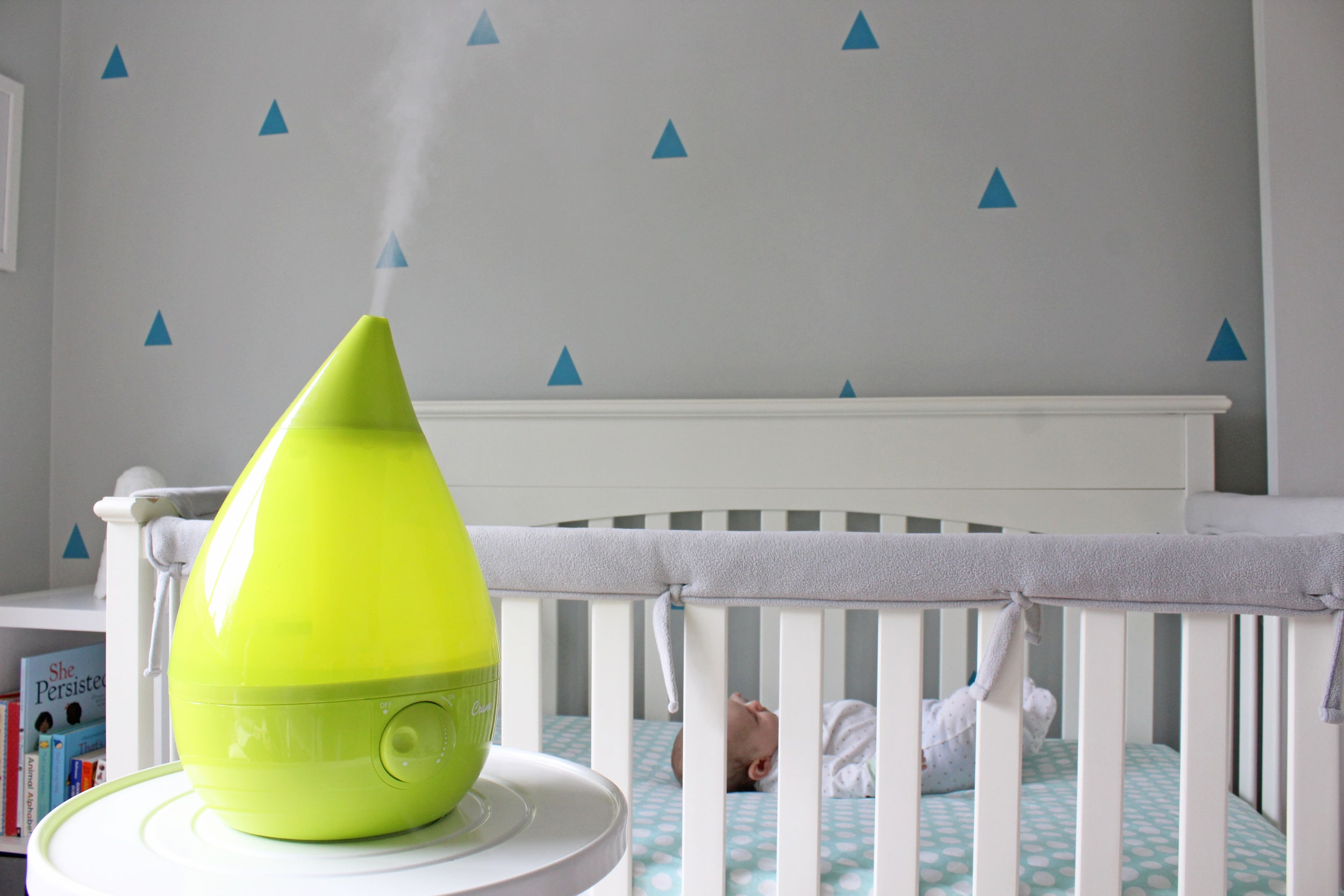
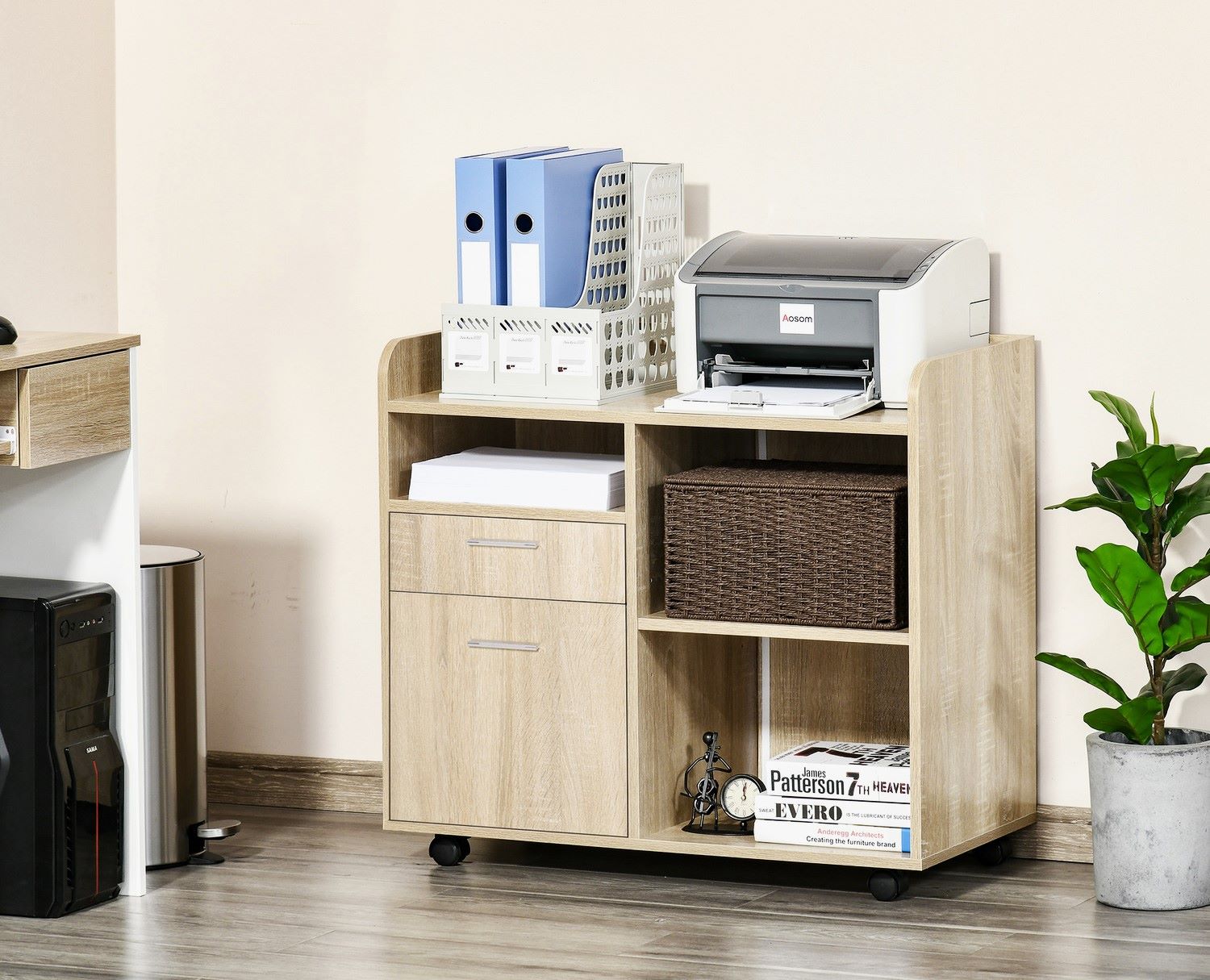
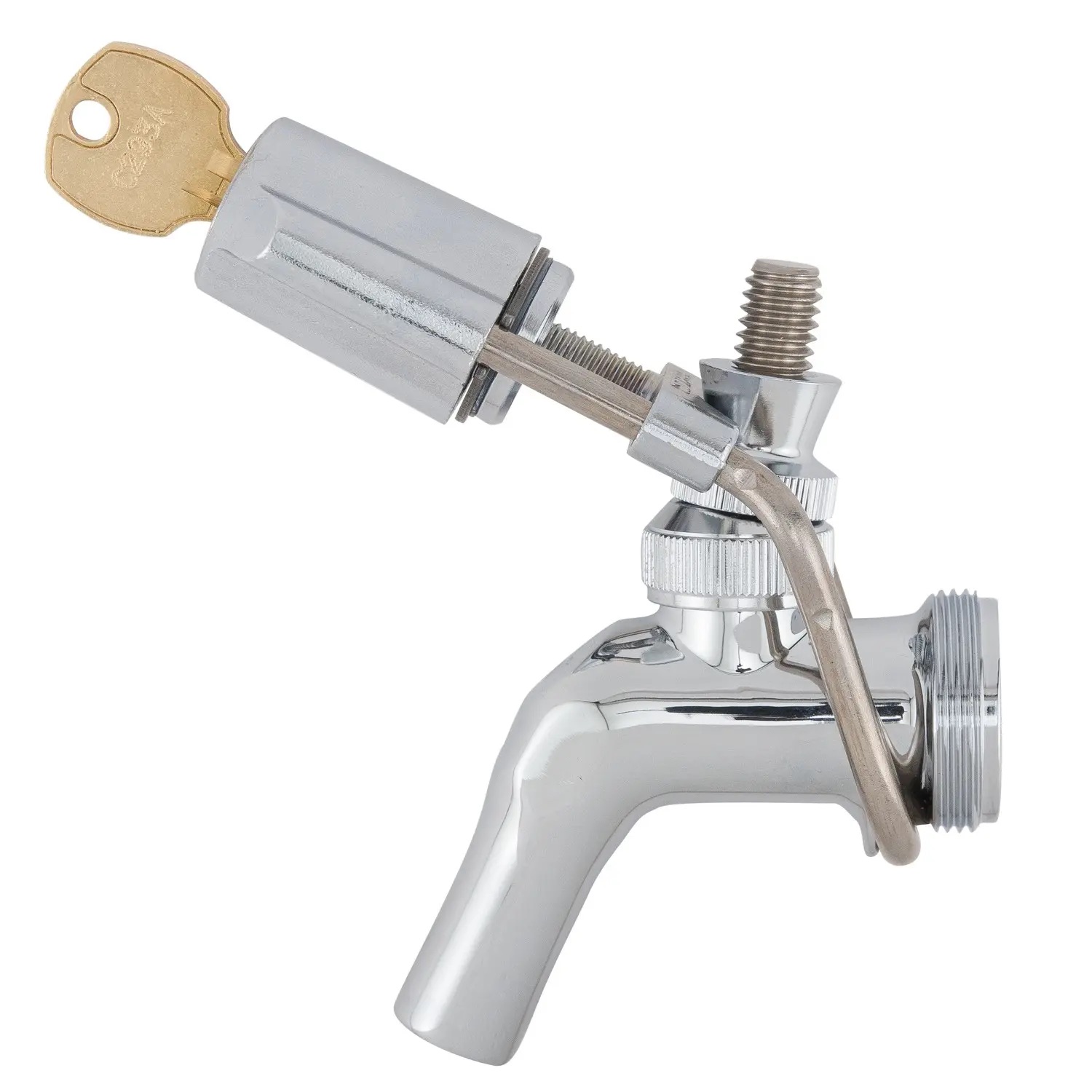
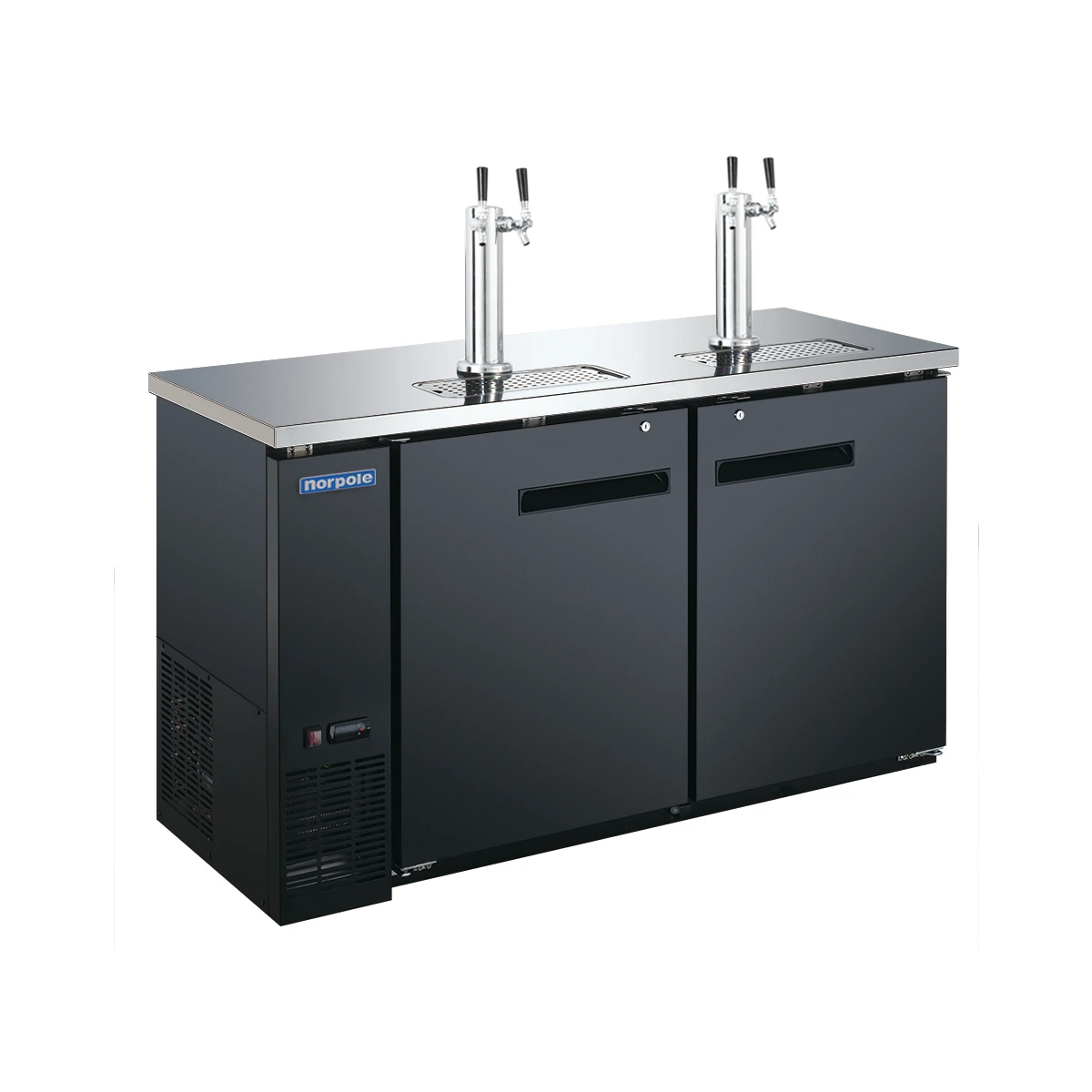
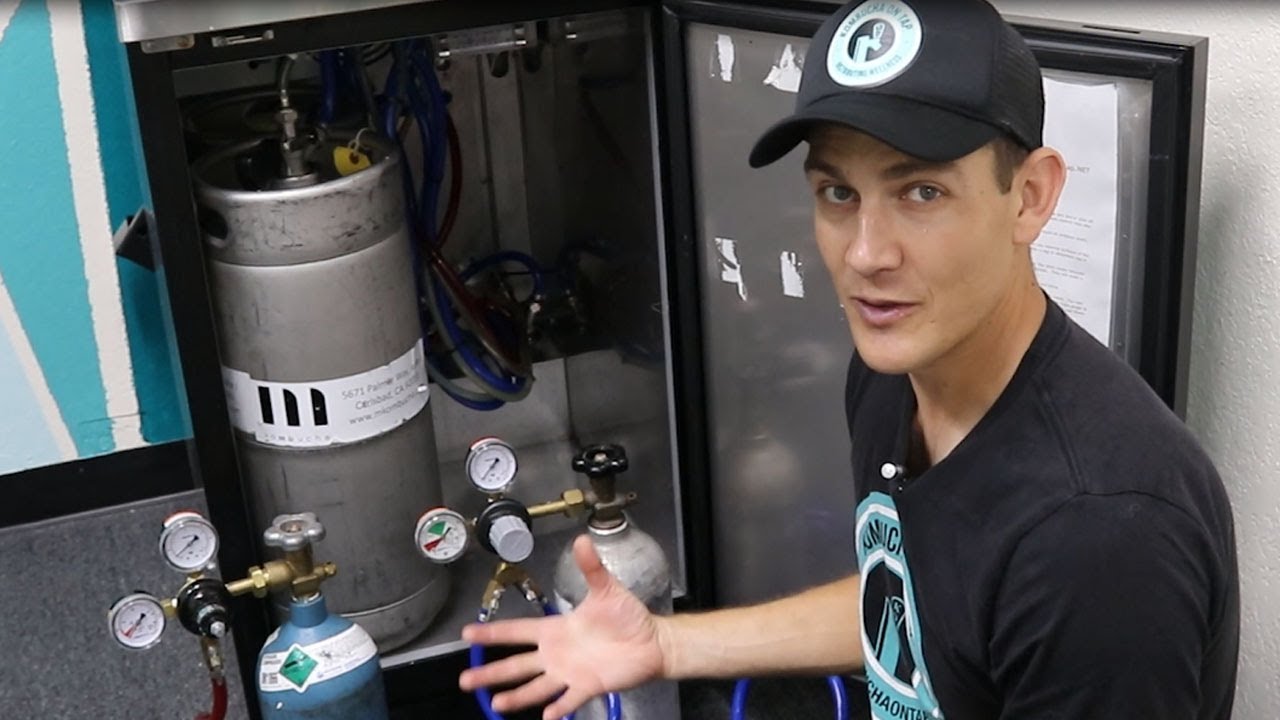
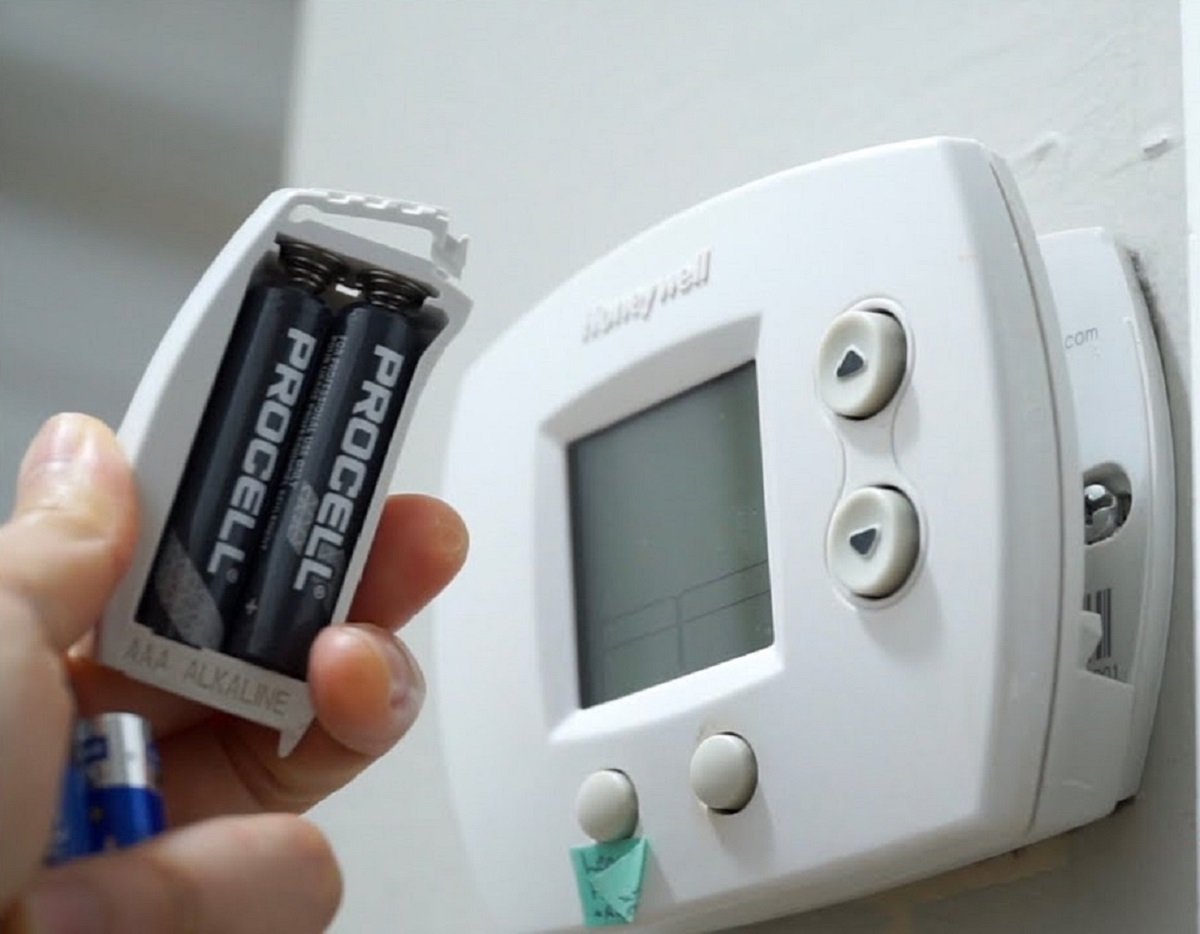
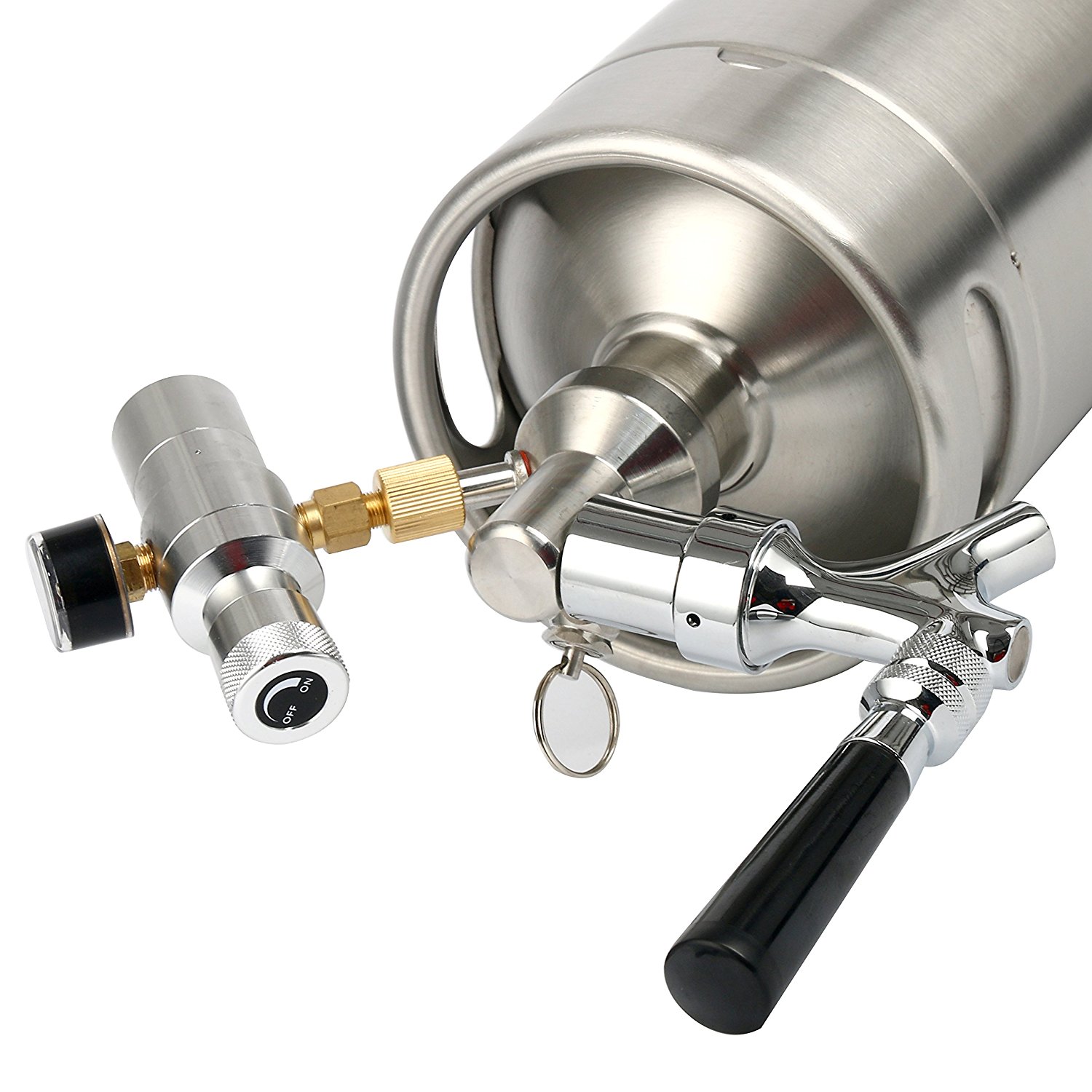

0 thoughts on “Where To Put A Thermostat In A Kegerator”